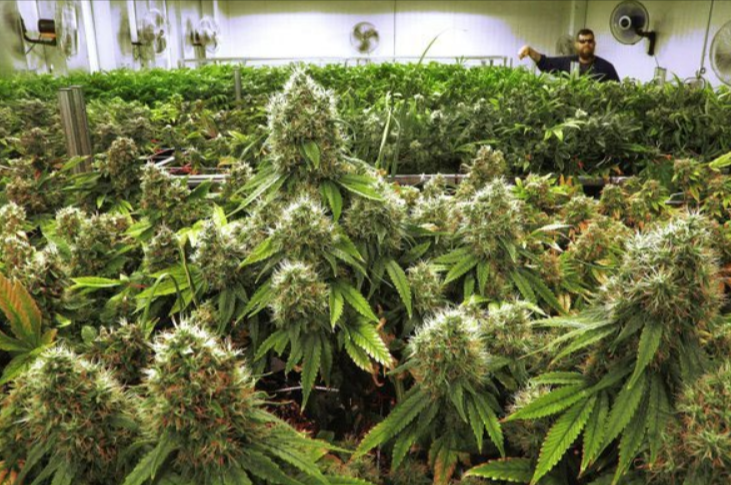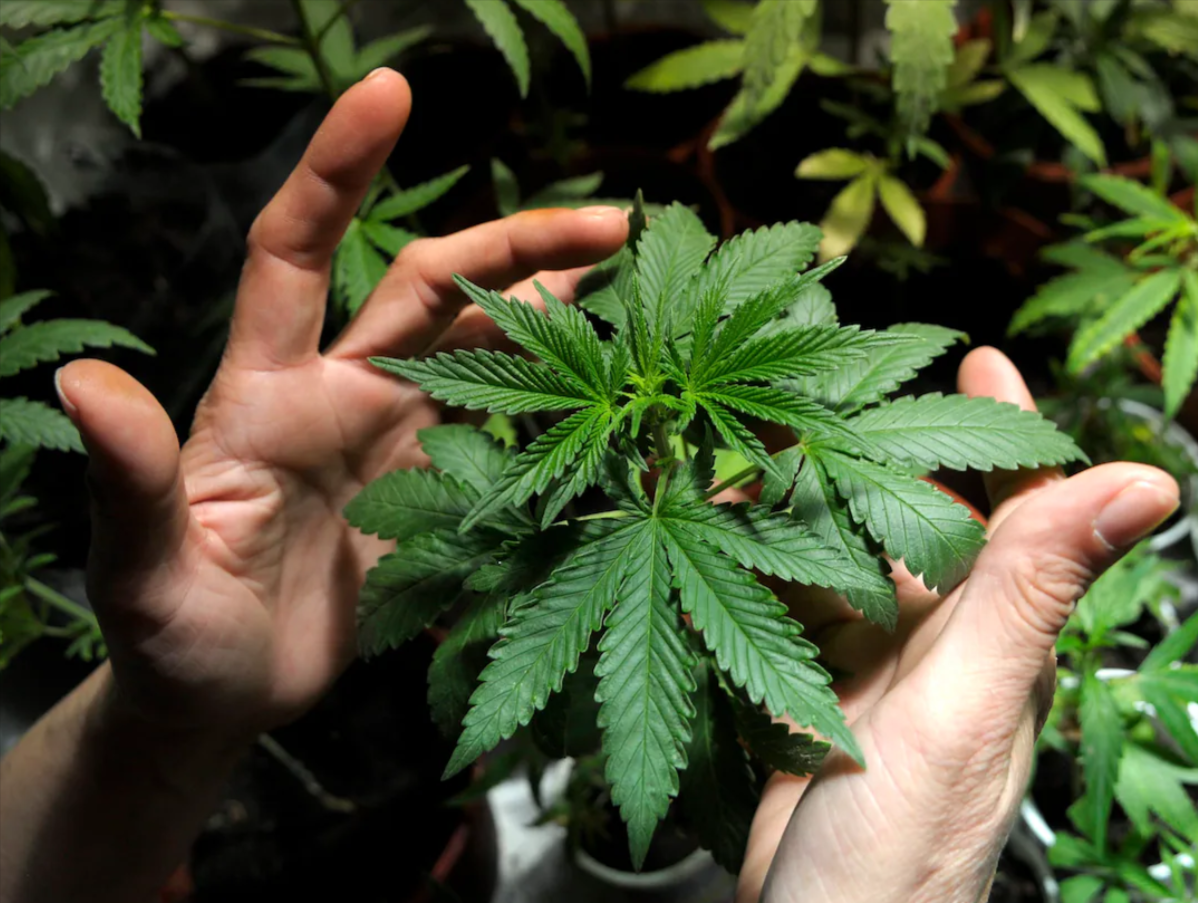Cannabis for pain. How Does It Work?
The keywords “pain” & “cannabinoids”, were used in international scientific research Pubmed, which returned 2487 results. Scientists from around the globe have studied cannabinoids’ role in pain relief, both internally and externally, almost two-and-a-half thousand times. It is effective against pain of all genesis and severity, from severe pain in terminally ill patients to bruising on a … Read more









